He finds himself in an narrow gorge, with jagged cliffs rising on both sides. Behind him, the ground climbs steeply into the wild, rugged mountain. Ahead, the gorge twists and turns, widening as as the Azat River flows towards the wide, fertile valley east of Ararat.
He is not alone
. There's a crowd of people around. Some are coming to relax by the stream, others are here to pray at the sacred monastary of Geghard, carved right into the mountainside. Unlike in Azerbaijan, religion has made a quick comeback in post-communist Armenia, and people crowd into the dark inner chambers to light candles and pray.
The Traveler doesn't mind the company. It's actually refreshing to see people out and about, enjoying the beauty of nature and the beauty of this amazing structure that blends right in with nature. He takes his time exploring the inner caverns, with multiple levels where front the upper level you can peer down into the mysterious candle lit cavern-chapel below.
He reads about the history of this place--which was sacred even in pre-Christian times. Then when St Gregory came along to convert folks to Christianity, he cleverly turned this into a Christian sacred place, so the transition from Paganism to Christianity would, well, not seem like such a big change
. Some sacred relics were kept here--like the spear which supposedly was used to pierce Jesus...
Then, in the 900s, the Arabs came and burned this temple and plundered it, leaving little of the original structure. 200 years later, when the Georgian Empire under Queen Tamar expanded to this area, this monastary here started to get rebuilt. Just two decades after Queen Tamar's death, however the Mongol horde swept through the Caucasus, bringing an abrupt end to her empire.
With mountains and cliffs on three sides and a narrow gorge in front, it feels like a perfect "last resort" hideaway for when the region got invaded. It feels symbolic of a culture that has struggled for its survival and identity for the last 1,700 years.
The Traveler continues on down the gorge through the rural community of Goght where he's struck by the images of social divide. Generally in the rural parts of this country, everyone seems to be pretty much on the same level: poor. But here you see folks driving in their nice cars past old ladies selling little piles of small apples, with decades of hardship etched on their wrinkled faces. he buys a couple of apples--mainly just to be able to connect with them in a small way.
The Hidden Monastery
Sunday, September 23, 2012
 Goght’, Kotaykʼ, Armenia
Goght’, Kotaykʼ, Armenia
Other Entries
-
58Another Dreary Town
Sep 185 days prior Mkhch'yan, Armeniaphoto_camera6videocam 0comment 0
Mkhch'yan, Armeniaphoto_camera6videocam 0comment 0 -
59Armenian Hospitality
Sep 185 days prior Dimitrov, Armeniaphoto_camera4videocam 0comment 0
Dimitrov, Armeniaphoto_camera4videocam 0comment 0 -
60Westside Towns
Sep 194 days prior P’arak’ar, Armeniaphoto_camera1videocam 0comment 0
P’arak’ar, Armeniaphoto_camera1videocam 0comment 0 -
61Farm Village
Sep 194 days prior Musalar, Armeniaphoto_camera7videocam 0comment 0
Musalar, Armeniaphoto_camera7videocam 0comment 0 -
621,700 Year Old Church
Sep 194 days prior Echmiadzin, Armeniaphoto_camera20videocam 0comment 0
Echmiadzin, Armeniaphoto_camera20videocam 0comment 0 -
63Swimming in the Canyon
Sep 203 days prior Ashtarak, Armeniaphoto_camera30videocam 0comment 0
Ashtarak, Armeniaphoto_camera30videocam 0comment 0 -
64Continuing the Hike South
Sep 212 days prior Burastan, Armeniaphoto_camera2videocam 0comment 0
Burastan, Armeniaphoto_camera2videocam 0comment 0 -
65Farm Country
Sep 212 days prior Dalar, Armeniaphoto_camera3videocam 0comment 0
Dalar, Armeniaphoto_camera3videocam 0comment 0 -
663 Beautiful Fans
Sep 212 days prior Artashat, Armeniaphoto_camera10videocam 0comment 0
Artashat, Armeniaphoto_camera10videocam 0comment 0 -
67A Sun-scorched Stretch of Road
Sep 212 days prior Taperakan, Armeniaphoto_camera3videocam 0comment 0
Taperakan, Armeniaphoto_camera3videocam 0comment 0 -
68A Friendly Audience
Sep 212 days prior Nor Kyank, Armeniaphoto_camera2videocam 0comment 0
Nor Kyank, Armeniaphoto_camera2videocam 0comment 0 -
69Harvesting the Grapes
Sep 212 days prior Vosketap’, Armeniaphoto_camera3videocam 0comment 0
Vosketap’, Armeniaphoto_camera3videocam 0comment 0 -
70A Disappointing Ending
Sep 212 days prior Ararat, Armeniaphoto_camera5videocam 0comment 0
Ararat, Armeniaphoto_camera5videocam 0comment 0 -
71Soviet Style Apartment
Sep 221 day prior Abovyan, Armeniaphoto_camera4videocam 0comment 0
Abovyan, Armeniaphoto_camera4videocam 0comment 0 -
72Radio Tower Town
Sep 221 day prior Balahovit, Armeniaphoto_camera9videocam 0comment 0
Balahovit, Armeniaphoto_camera9videocam 0comment 0 -
73Beyond the Hilltop
Sep 221 day prior Mayakovski, Armeniaphoto_camera1videocam 0comment 0
Mayakovski, Armeniaphoto_camera1videocam 0comment 0 -
74The Amusement Park
Sep 221 day prior Armavir, Armeniaphoto_camera2videocam 0comment 0
Armavir, Armeniaphoto_camera2videocam 0comment 0 -
75The Hidden Monastery
Sep 23 Goght’, Armeniaphoto_camera52videocam 0comment 0
Goght’, Armeniaphoto_camera52videocam 0comment 0 -
76The Pagan Temple
Sep 23later that day Garni, Armeniaphoto_camera22videocam 0comment 0
Garni, Armeniaphoto_camera22videocam 0comment 0 -
77Trailblazing through the Mountains
Sep 241 day later Hats'avan, Armeniaphoto_camera15videocam 0comment 0
Hats'avan, Armeniaphoto_camera15videocam 0comment 0 -
78Reaching Civilization
Sep 241 day later Lanjazat, Armeniaphoto_camera1videocam 0comment 0
Lanjazat, Armeniaphoto_camera1videocam 0comment 0 -
79The Armenian Obsession
Sep 241 day later Arevshat, Armeniaphoto_camera3videocam 0comment 0
Arevshat, Armeniaphoto_camera3videocam 0comment 0 -
80The Ararat Valley
Sep 241 day later Byuravan, Armeniaphoto_camera1videocam 0comment 0
Byuravan, Armeniaphoto_camera1videocam 0comment 0 -
81Singing for the Grape Harvesters
Sep 252 days later P’ok’r Vedi, Armeniaphoto_camera4videocam 0comment 0
P’ok’r Vedi, Armeniaphoto_camera4videocam 0comment 0 -
82Monastary on the Turkish Border
Sep 252 days later Lusarat, Armeniaphoto_camera9videocam 0comment 0
Lusarat, Armeniaphoto_camera9videocam 0comment 0 -
83Not Quite Switzerland
Sep 263 days later Dilijan, Armeniaphoto_camera36videocam 0comment 0
Dilijan, Armeniaphoto_camera36videocam 0comment 0 -
84Artsy Forest City
Sep 263 days later Ijevan, Armeniaphoto_camera17videocam 0comment 0
Ijevan, Armeniaphoto_camera17videocam 0comment 0 -
85The Beginning of the Hike.
Sep 274 days later Vanadzor, Armeniaphoto_camera24videocam 0comment 0
Vanadzor, Armeniaphoto_camera24videocam 0comment 0 -
86Starting the Hike up the Debed Canyon
Sep 285 days later P’ambak, Armeniaphoto_camera6videocam 0comment 0
P’ambak, Armeniaphoto_camera6videocam 0comment 0 -
87A Dangerous Side-hike
Sep 285 days later Vahagnadzor, Armeniaphoto_camera20videocam 0comment 0
Vahagnadzor, Armeniaphoto_camera20videocam 0comment 0 -
88A Beautiful Canyon
Sep 285 days later Dzoragyugh, Armeniaphoto_camera25videocam 0comment 0
Dzoragyugh, Armeniaphoto_camera25videocam 0comment 0 -
89A Relic of Better Times
Sep 285 days later T'umanyan, Armeniaphoto_camera15videocam 0comment 0
T'umanyan, Armeniaphoto_camera15videocam 0comment 0 -
90A Noble but Broken City
Sep 296 days later Gyumri, Armeniaphoto_camera33videocam 0comment 0
Gyumri, Armeniaphoto_camera33videocam 0comment 0 -
91A Soviet Era Cable Car
Sep 307 days later Alaverdi, Armeniaphoto_camera77videocam 0comment 0
Alaverdi, Armeniaphoto_camera77videocam 0comment 0 -
92A Night in the Mountains
Sep 307 days later Haghpat, Armeniaphoto_camera27videocam 0comment 0
Haghpat, Armeniaphoto_camera27videocam 0comment 0 -
93Magical Pre-Sunrise Hike
Oct 018 days later Negots, Armeniaphoto_camera12videocam 0comment 0
Negots, Armeniaphoto_camera12videocam 0comment 0

 Goght’, Kotaykʼ, Armenia
Goght’, Kotaykʼ, Armenia


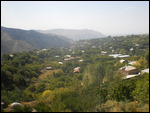
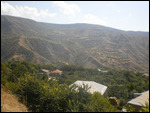
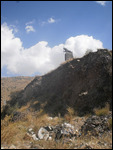
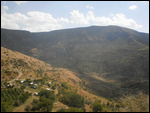
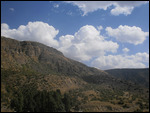
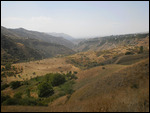
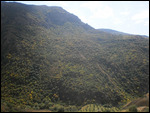
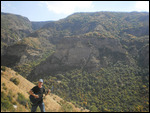

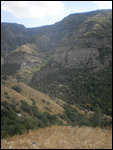
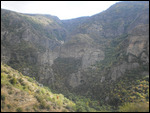
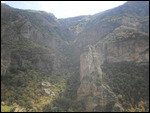
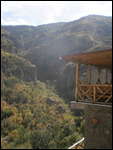
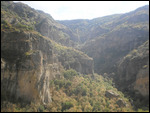

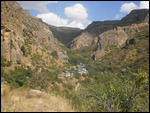

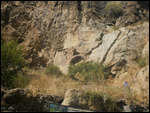
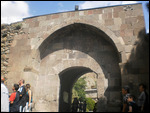
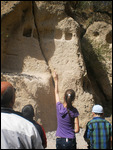
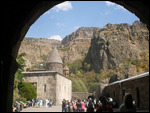
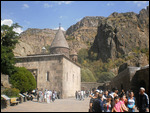
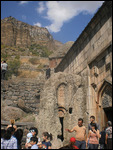
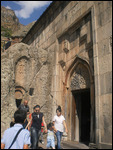
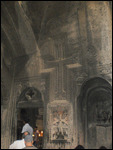
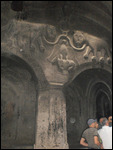
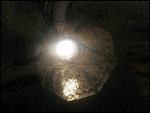
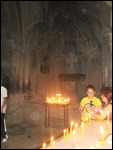


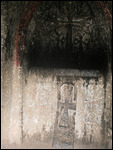
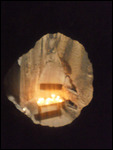

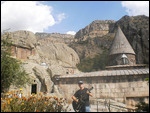
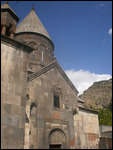
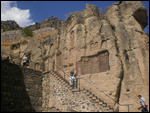
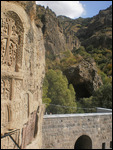
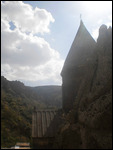
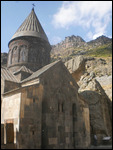
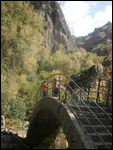
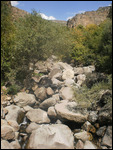
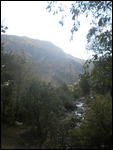
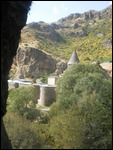
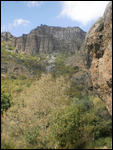
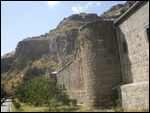
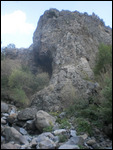
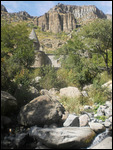
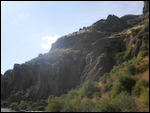
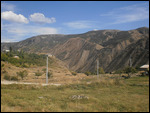
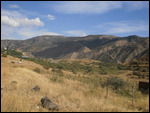
2025-05-23